Azerbaijani army doesn't shell churches, civilian objects - president's assistant
The Armenian side has disseminated information about that allegedly a church in the historical Azerbaijani Shusha city suffered a missile shelling from Azerbaijan's side, Assistant to Azerbaijan’s President, Head of Foreign Policy Department of the Presidential Administration Hikmat Hajiyev said, SİA reports.
He pointed out that Azerbaijan has great respect for the feelings of Christians, while Armenia is manipulating this issue and spreading misinformation.
"The materials presented by Armenia about the missile shelling of the church are contradictory and are obvious lies,” Hajiyev noted.
“Firstly, the Azerbaijani army doesn’t shell the churches and other civilian objects. At the indicated time, the Azerbaijani Armed Forces didn’t fire in that direction. Secondly, if there was a missile launch, the icons inside the church would’ve been seriously damaged. But, as can be seen from the photos, the icons weren’t damaged. Thirdly, Armenia began to assert that this strike was allegedly inflicted for the first time by F-16 fighter, that it was an aerial bomb, then began to assert that it was a missile strike,” said the president’s assistant.
“There is no F-16 fighter in the arsenal of the Azerbaijani Armed Forces. As it can be seen, every time Armenia’s lies are exposed, the Armenian side begins to resort to new speculations. So, it is another provocation of Armenia, an attempt of an information attack on Azerbaijan. It is unacceptable to give a religious coloring to the ongoing military aggression against Azerbaijan by Armenia,” Hajiyev noted.
“This way, Armenia wants to hide the policy of destruction of the material and cultural heritage belonging to the Azerbaijani people in the occupied Azerbaijani lands, the destruction of mosques and other religious monuments. These days, a missile was launched from Armenia at a mosque in the Beylagan city and the Imamzade religious complex in Ganja. Azerbaijan renovates Christian religious monuments in many places around the world, including the Vatican,” the president’s aide added.
“We express our respect for the Christians of the world. After the liberation of the Azerbaijani lands from the Armenian occupation, all cultural and religious monuments will be restored and renovated here,” Hajiyev added.
Armenian Armed Forces launched a large-scale military attack on positions of Azerbaijani army on the front line, using large-caliber weapons, mortars and artillery on Sept. 27.
Azerbaijan responded with a counter-offensive along the entire front. As a result of retaliation, Azerbaijani troops liberated a number of territories previously occupied by Armenia, as well as take important, strategic heights under control.
The fighting continued into October 2020, in the early days of which Armenia launched missile attacks on Azerbaijani cities of Ganja, Mingachevir, Khizi as well as Absheron district.
On October 6th, at about 9 pm (GMT+4), Armenian Armed Forces launched missiles at Azerbaijani Baku-Tbilisi-Ceyhan oil pipeline, the largest strategic project in the region, which plays an important role in Europe's energy security. Azerbaijani army was able to disable the missiles in the air, so no damage was done to the pipeline.
The conflict between the two South Caucasus countries began in 1988 when Armenia made territorial claims against Azerbaijan. As a result of the ensuing war, Armenian armed forces occupied 20 percent of Azerbaijan, including the Nagorno-Karabakh region and seven surrounding districts.
The 1994 ceasefire agreement was followed by peace negotiations. Armenia has not yet implemented four UN Security Council resolutions on the withdrawal of its armed forces from Nagorno Karabakh and the surrounding districts.
Bütün xəbərlər Facebook səhifəmizdə



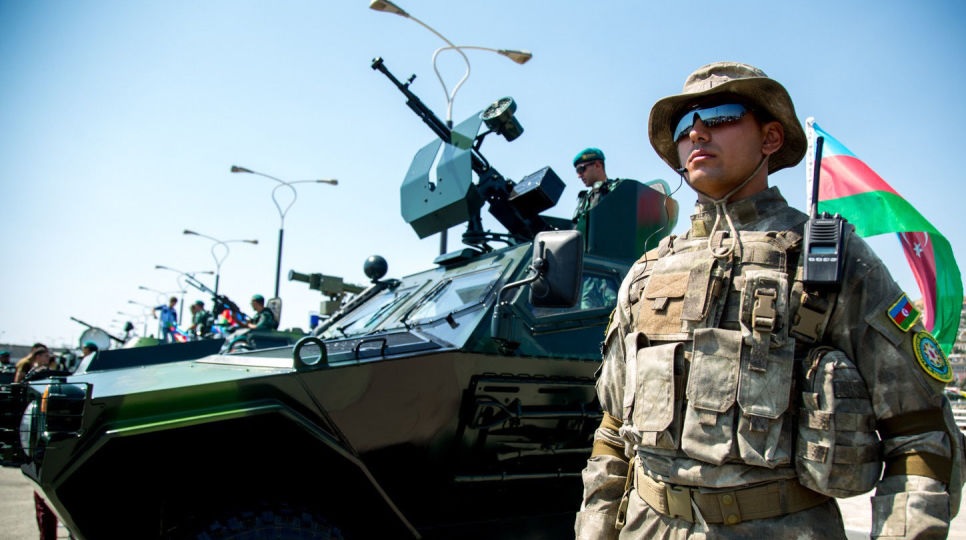

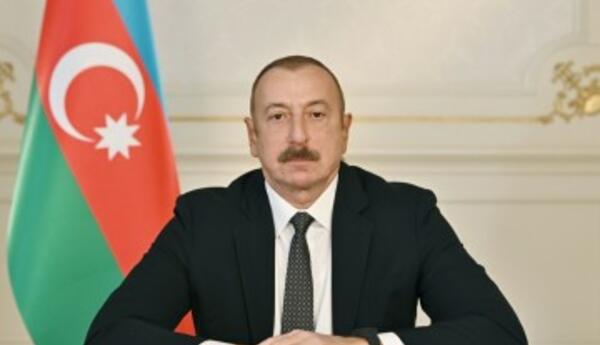
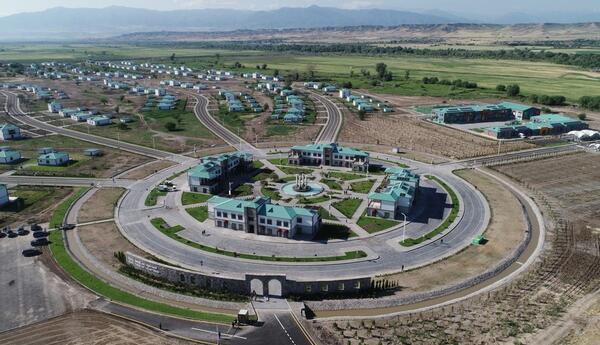
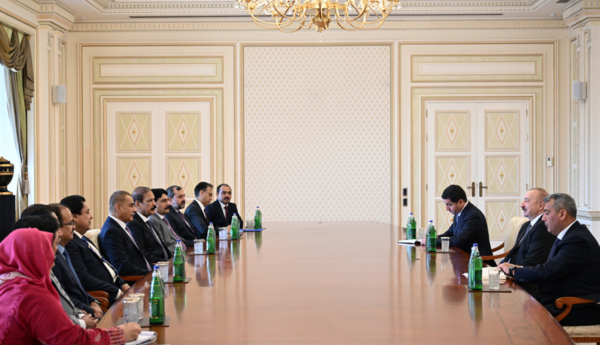

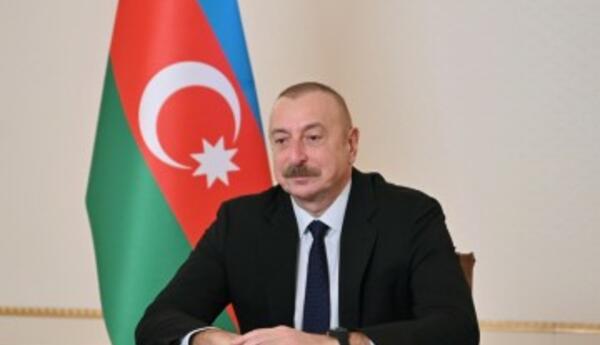
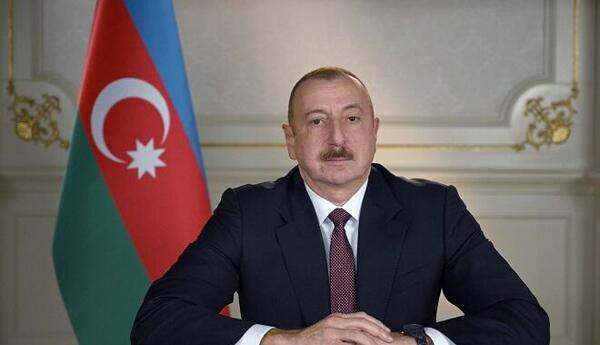
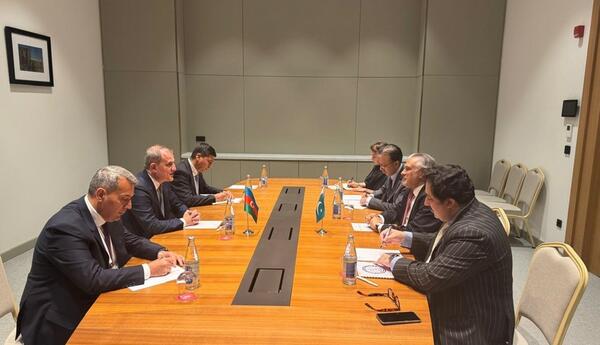
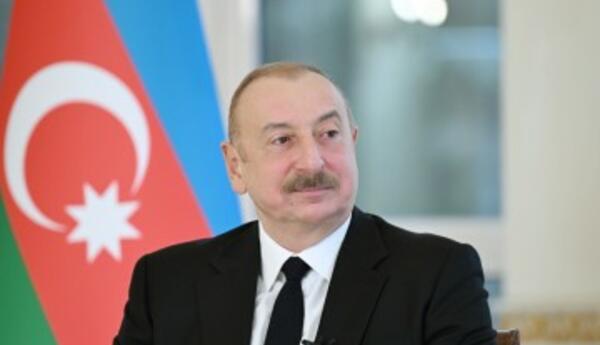
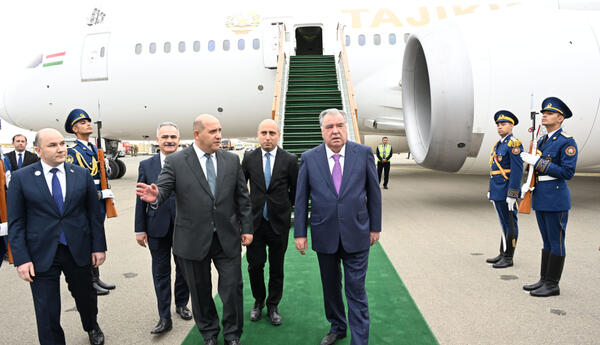
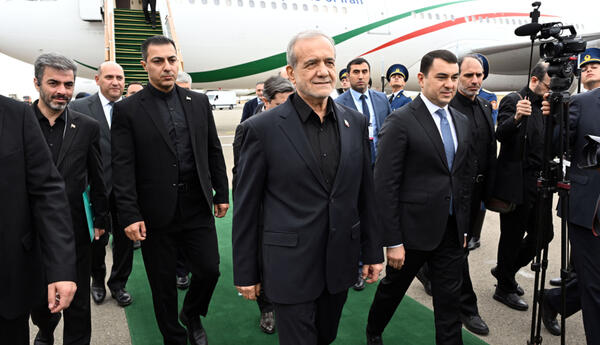
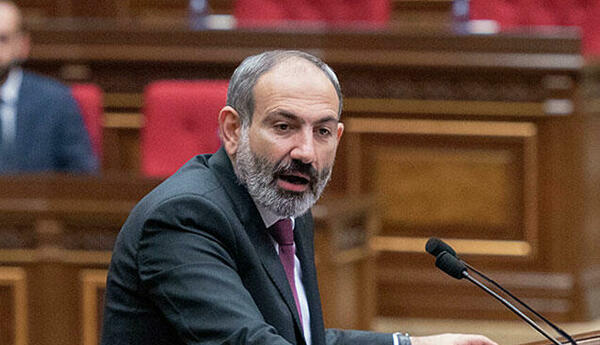
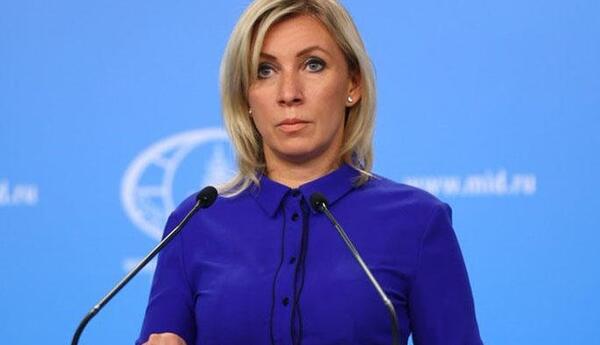




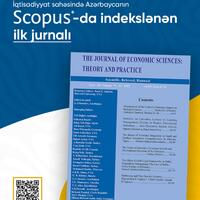

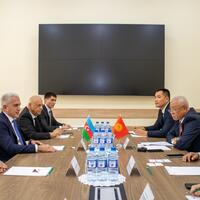
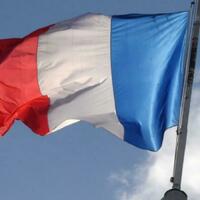
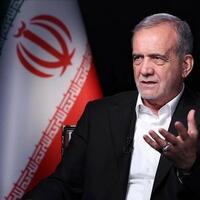
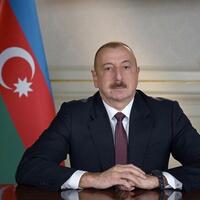

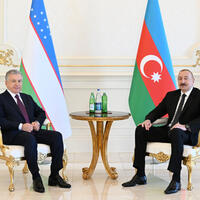
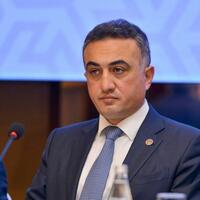
 USD
USD
 EUR
EUR
 GBP
GBP
 RUB
RUB